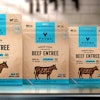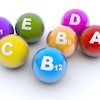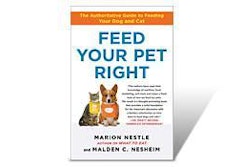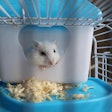The response of cats to dietary sodium selenite (Na2SeO3) and organically bound selenium was studied in two separate studies with four cats per treatment and three levels of selenium supplementation (targets 1.0, 1.5 and 2.0 μg/g DM) for each Se source. Whole blood and plasma selenium concentrations and glutathione peroxidase (GPx) activity were determined at seven points across the 32-day study.
The basal diet used had a low apparent fecal selenium absorption of 25.3 ± 3.0%. Daily fecal and urinary selenium excretion increased linearly with increasing selenium intake for both Se sources. Urinary selenium concentration of the cats fed the supplemented diets increased rapidly and remained constant throughout the remainder of the study. Apparent fecal selenium absorption was high for both selenium sources (73.2% and 80.0%). Plasma and to a lesser extent whole blood selenium concentrations increased in a dose-dependent manner with supplementation.
Whole blood and plasma GPx activity were highly variable and showed a variable response to dietary selenium intake. Cats closely regulate selenium homeostasis through increasing urinary excretion while fecal absorption remains unaffected.
Source : S.E. Todd et al., 2011. Selenium balance in the adult cat in relation to intake of dietary sodium selenite and organically bound selenium. JAPAN online February 2011. doi: 10.1111/j.1439-0396.2011.01132.x

















